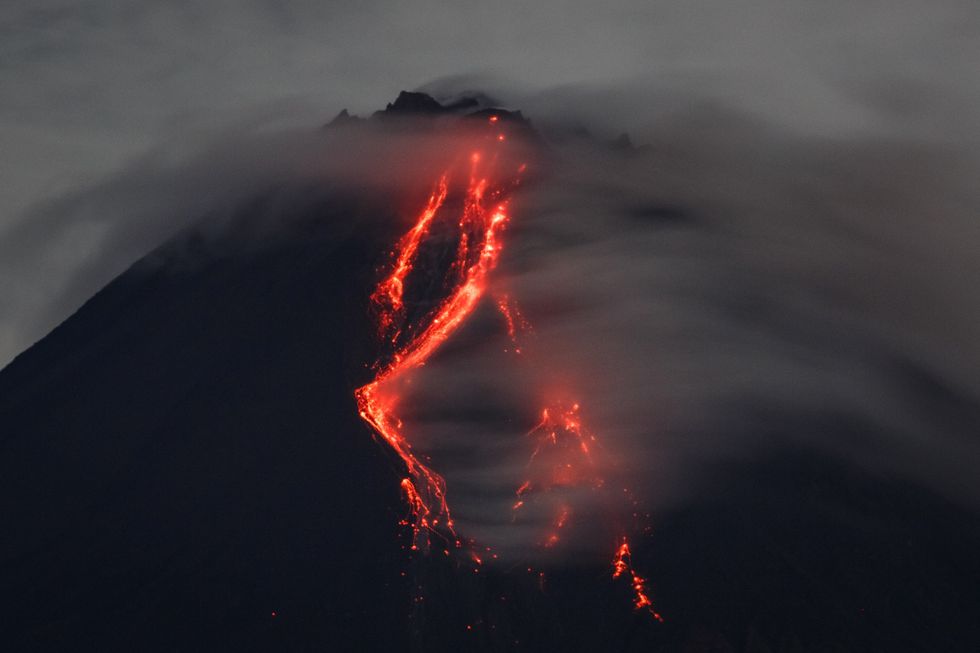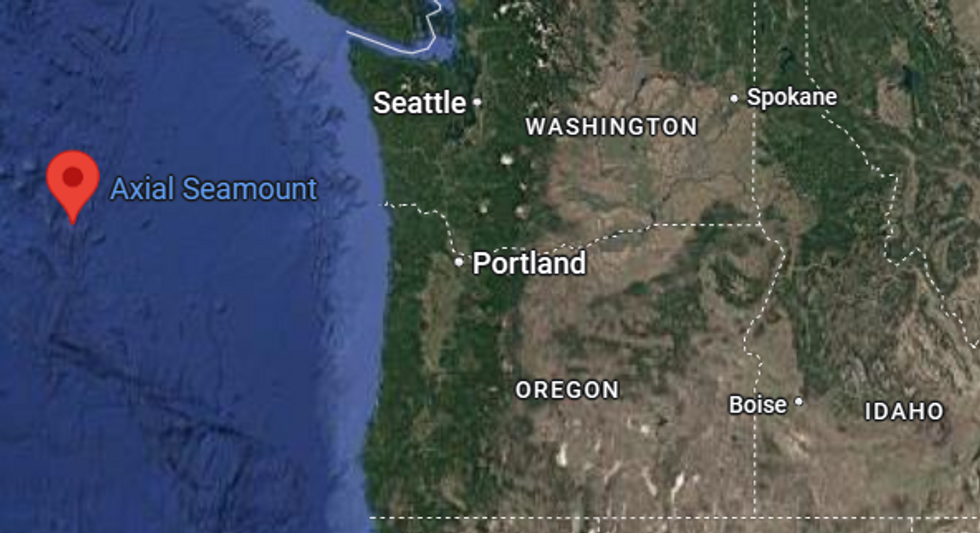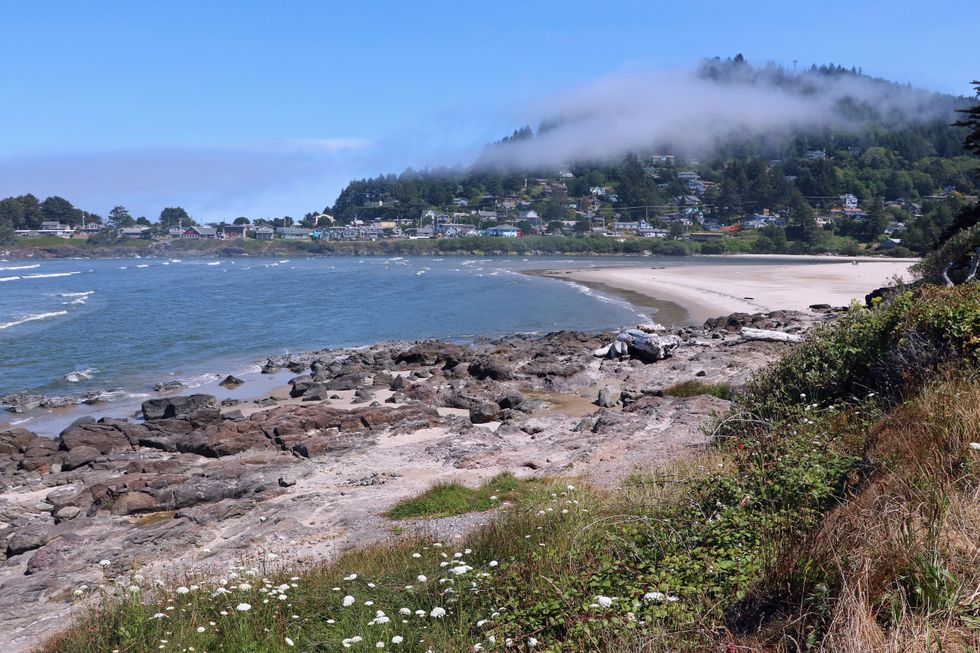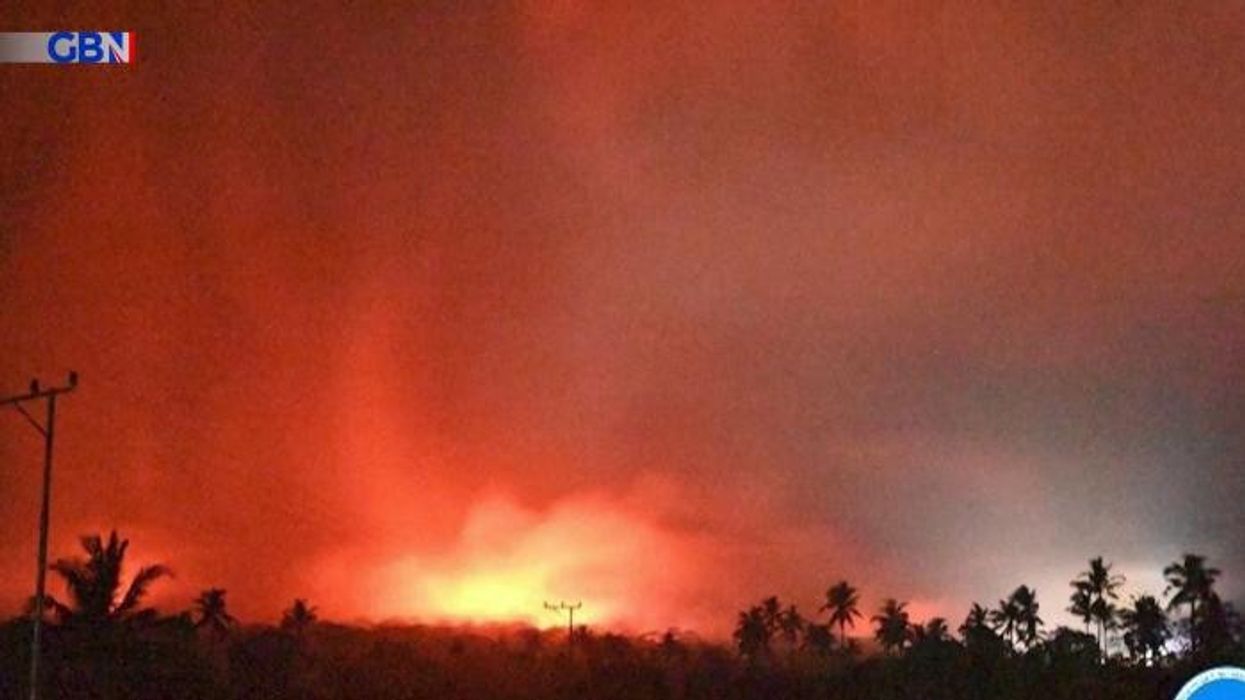Volcano predicted to erupt TODAY as scientists issue major warning

Scientists confirmed the volcano doesn't pose a hazard
Don't Miss
Most Read
Latest
Scientists warn that the Axial Seamount, the most active volcano in the Pacific Northwest, could erupt as early as today.
The underwater volcano, located on the Juan de Fuca Ridge about 300 miles off the coast of the western US state of Oregon, has been showing alarming signs of imminent activity.
Researchers have recorded a significant increase in seismic activity in recent days, with hundreds of earthquakes now occurring daily.
The volcano sits more than 4,900 feet below the surface of the Pacific Ocean.

Scientists warn that the Axial Seamount (stock pic), the most active volcano in the Pacific Northwest, could erupt as early as today
|Getty
Scientists monitoring the volcano have detected key warning signs that an eruption is imminent.
The seafloor around Axial Seamount has inflated significantly, indicating it's filling with molten rock.
William Chadwick, a researcher studying the volcano, explained: "At Axial, the seafloor is actually rising, and that's a big signal."
This inflation has now reached levels similar to those observed before the 2015 eruption.
LATEST DEVELOPMENTS:

The underwater volcano is located on the Juan de Fuca Ridge about 300 miles off the coast of Oregon
|Marine geophysicist William Wilcock from the University of Washington noted: "At the moment, there are a couple hundred earthquakes a day."
The Axial Seamount has erupted three times in recent decades - in 1998, 2011 and 2015.
The most recent eruption triggered approximately 8,000 earthquakes and produced lava flows up to 400 feet thick.
Wilcock explained about the eruption process: "That period lasts about an hour, and then the magma reaches the surface."
He added: "The seismic activity dies down pretty quickly over the next few days, but the eruption will continue slowly for about a month."
Scientists had previously predicted the volcano would erupt before the end of 2025.
Despite the alarming seismic activity, experts assure there is no danger to humans if the volcano erupts.
The peak of Axial Seamount is submerged about a mile underwater and hundreds of miles from the US coastline.

The peak of Axial Seamount is submerged about a mile underwater and hundreds of miles from the US coastline
|Getty
Chadwick said: "There's no explosion or anything, so it would really have no impact on people.
"Even if you were out on a boat right over the seamount when it's erupting, you probably would never know it."
Mike Poland, a scientist at the Yellowstone Volcano Observatory, described the volcano as "fascinating" and confirmed it "doesn't really pose a hazard."











